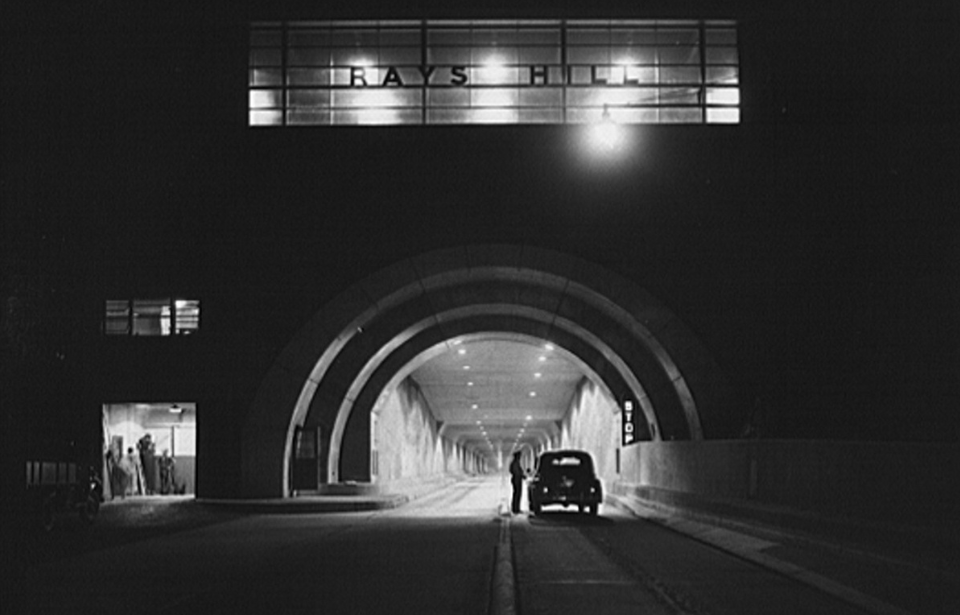The Pennsylvania Turnpike is an east-west toll highway that runs for 360 miles across the state. To offer improved transport, the stretch of road made use of seven tunnels built for the South Pennsylvania Railroad, one of which was the Rays Hill Tunnel. As of 2023, a portion of the Turnpike has been abandoned, with nature slowly reclaiming the concrete expanse.
Developing the Pennsylvania Turnpike
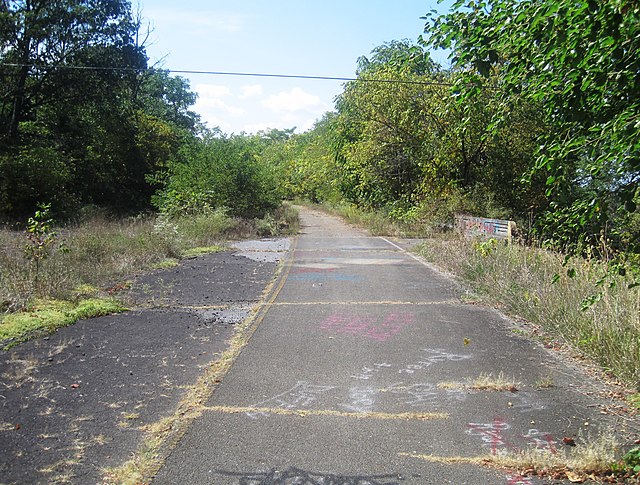
Planning for the Pennsylvania Turnpike began in the 1930s, with state officials looking to provide a proper way for locals to travel across the Appalachian Mountains. While other modes of transportation had been used to traverse the region, the growing use of automobiles showed there was a need for routes that didn’t involve railway tracks or makeshift roads that weren’t maintained by the state.
After years of construction work, the Pennsylvanian Turnpike opened to motorists in 1940 as the first limited-access highway in the whole of the United States.
Rays Hill Tunnel
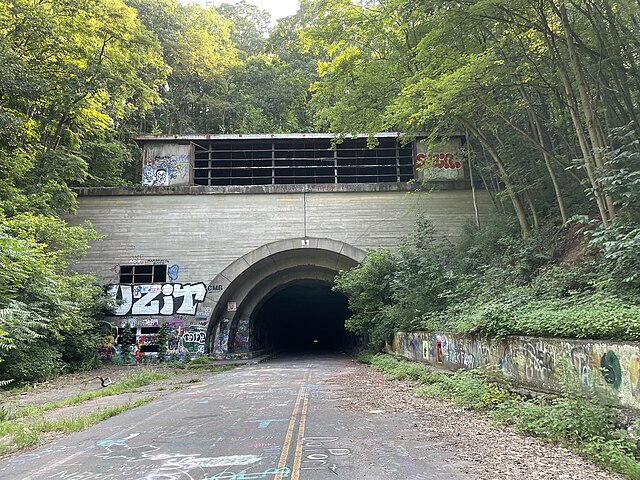
Connecting Bedford and Fulton counties, Rays Hill Tunnel is the shortest of the seven original tunnels built for the Pennsylvania Turnpike. Measuring only 3,532 feet in length, it’s located near Interstate 70, east of Breezewood, Pennsylvania, and crosses the Bedford and Fulton counties boundary line.
Due to the fact the tunnel was small, exhaust and ventilation fans were installed only at the western end, something unique among the tunnels of the Turnpike.
The tunnels along the Pennsylvania Turnpike didn’t help traffic
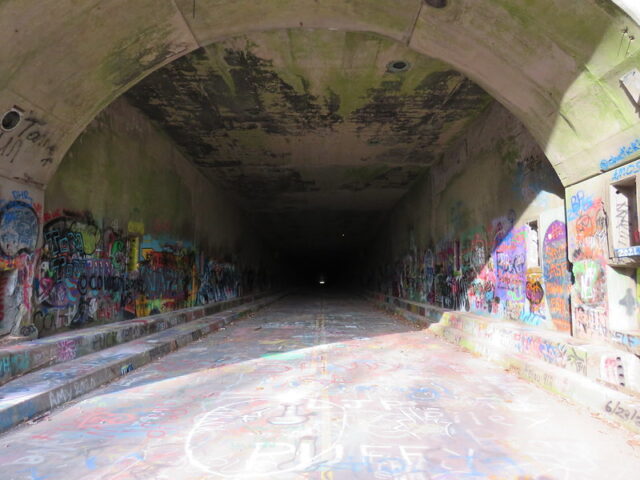
While incorporating these tunnels might have seemed sensible and cost-effective at the time, they actually resulted in substantial traffic jams. This was because traffic not only had to slow to pass through the tunnels, but also the number of lanes halved so that traffic could pass through them in both directions.
In the early 1960s, it was decided that several studies would be conducted, focusing on the three tunnels that experienced the worst congestion: Rays Hill, Laurel Hill and Sidling Hill.
Development of bypass roads to cut down on traffic congestion
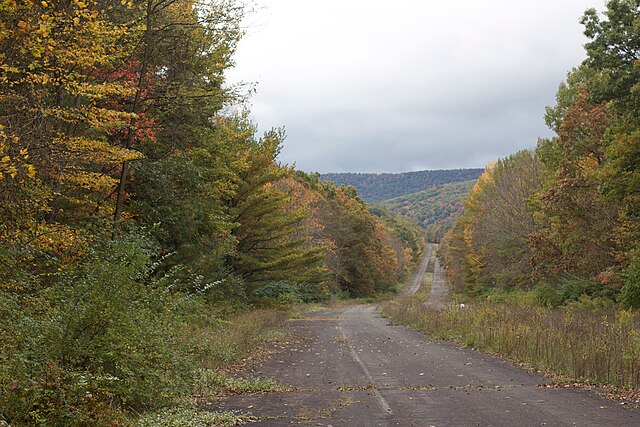
Twinning the tunnels (digging another, larger one next to the existing tunnel) in a similar manner to the Allegheny Mountain Tunnel didn’t seem to be the best solution, so it was decided that bypass roads would be built. The project was allocated $100 million, and work began on the Laurel Hill Tunnel in September 1962.
Just over two years later, in October 1964, the tunnel was closed when the bypass road was opened.
Closing the Rays Hill Tunnel
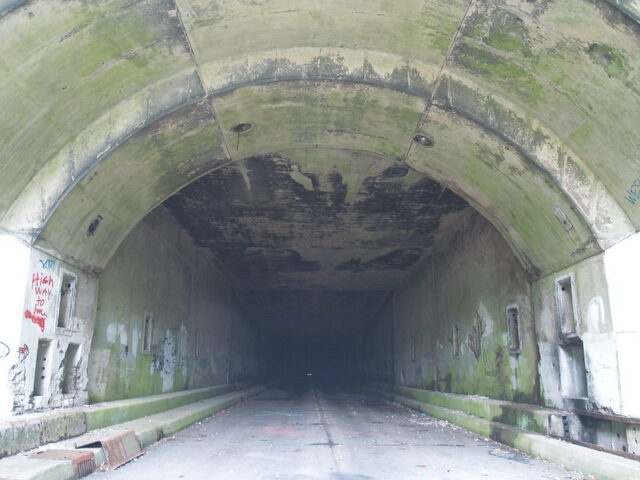
Work continued on the other bypass roads and, eventually, the Rays Hill Tunnel was closed in November 1968. Some sources suggest that lighting and security were maintained until 1973 when it was boarded up, while others claim the tunnel was shut immediately upon it being closed to traffic.
Re-opening the Rays Hill Tunnel to conduct tests
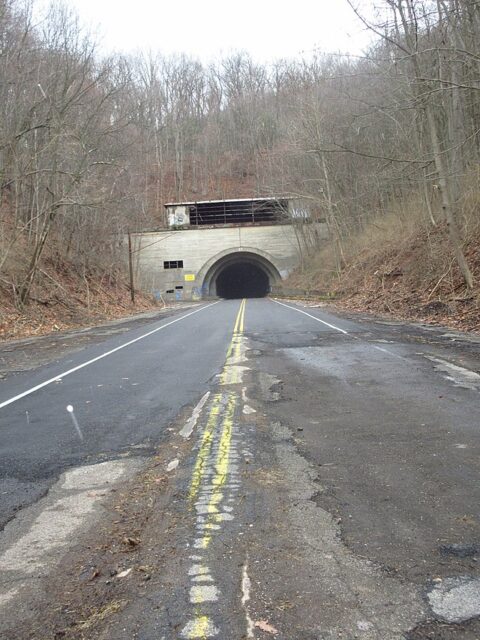
By 1988, the Rays Hill Tunnel was opened again, so that the roadway could be used to test “rumble strips.” The tunnel was also used in experiments relating to the emission levels of unleaded gasoline in the 1970s.
Creating a bicycle path
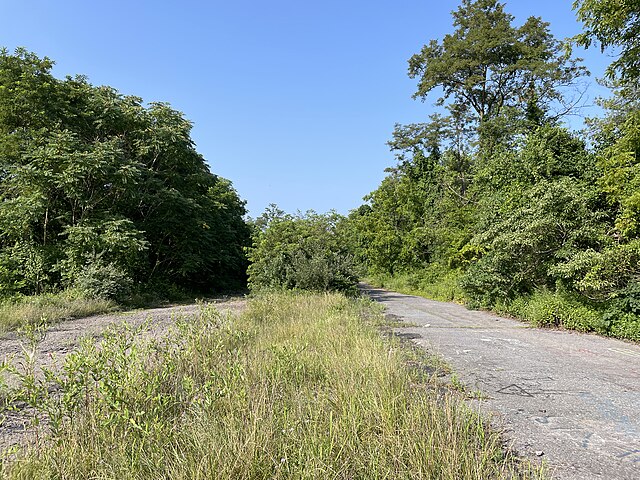
In 2001, the Highway Commission decided to transfer control of the Rays Hill and Sidling Hill tunnels to the South Alleghenies Conservancy. This non-profit organization then began work on a project to create a bicycle path inside the tunnels and the rest of the abandoned section of the Pennsylvania Turnpike.
After studies in 2004 and ’05, a plan was drawn up for an 18-mile loop that would be called “Pike 2 Bike,” but, unfortunately, very little progress has been made. The whole Turnpike remains in a neglected state, with small streams of water running through the tunnels, and trees and shrubs breaking through the concrete.
Exploring the Rays Hill Tunnel
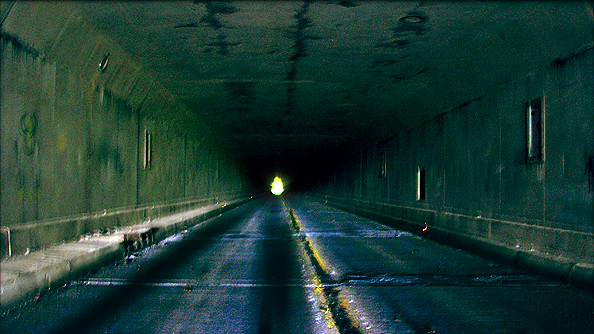
Today, the Rays Hill Tunnel is open for exploration by curious residents and tourists alike. People can walk or bike through it, but not drive. Since it’s so short, you can see a sliver of light in the distance when standing at one entrance. However, those who wish to visit the roadway should bring a flashlight, as it’s still pretty dark inside the tunnel.
The Rays Hill Tunnel is currently unlit and hasn’t undergone any repairs or improvements since its closure.
A lack of signage signals an abandoned stretch of road
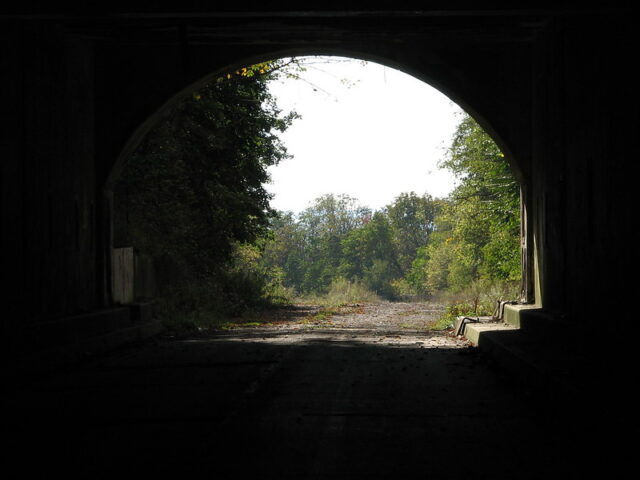
Stainless steel letters spelling out the Ray Hills Tunnel’s name were installed on a signboard on the east side, but they’re no longer there. The sign from within the stretch that indicated the location of the county line has been purchased by a private individual, as well.
A filming location for The Road (2009)
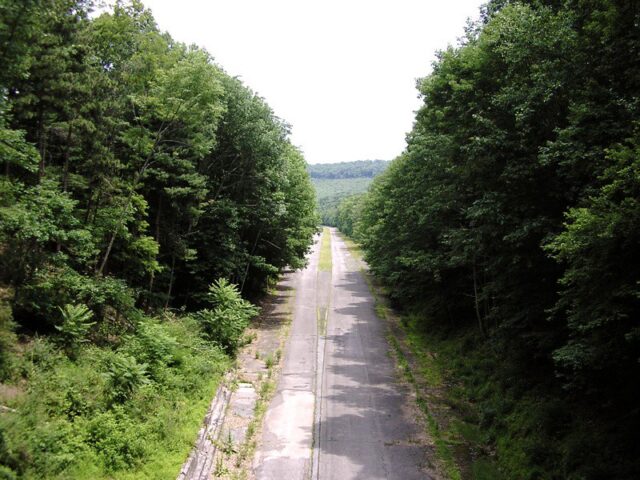
More from us: Splendid China: The Controversial Abandoned Theme Park That Brought Asia to the Heart of Florida
The abandoned nature of this 13-mile stretch of the Pennsylvania Turnpike is so eerie that scenes from the post-apocalyptic film The Road (2009) were filmed there. Starring Viggo Mortensen, the BAFTA-nominated feature is based on the 2006 novel of the same name by Cormac McCarthy.
